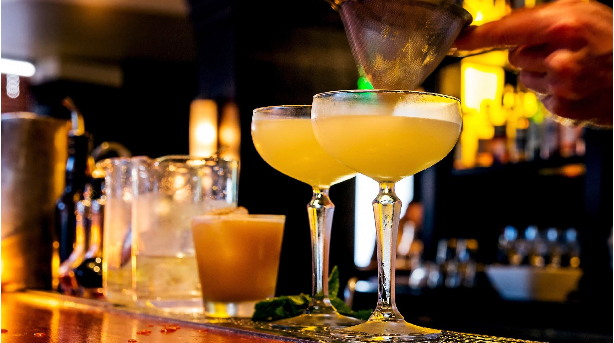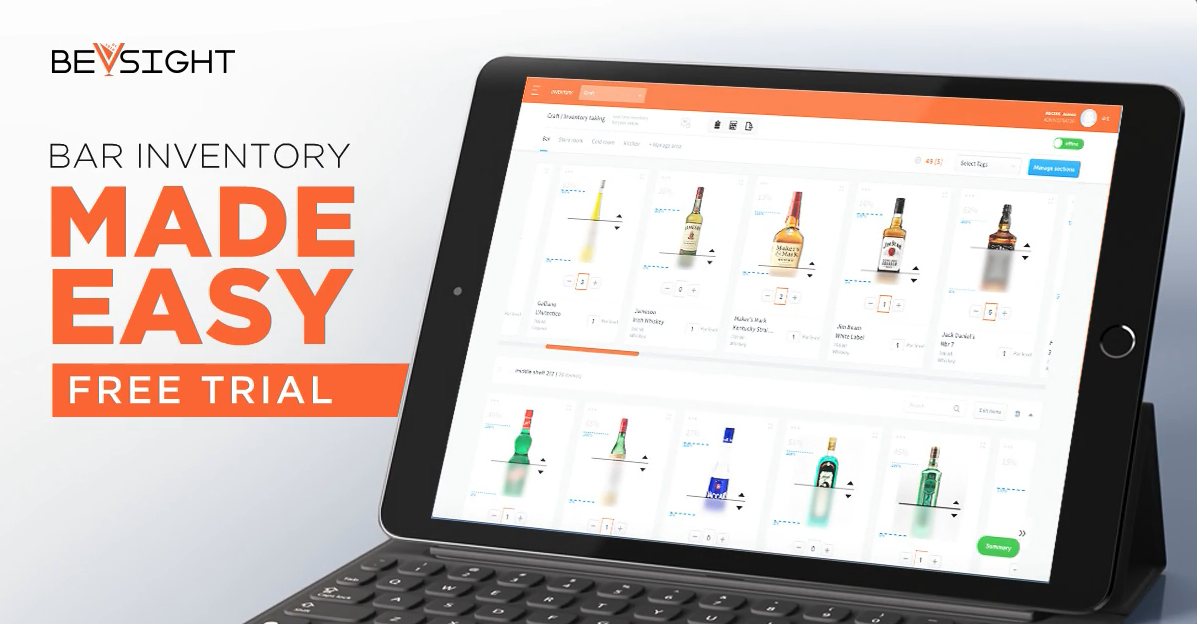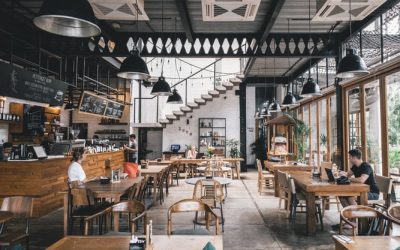How to Price Your Cocktail Menu
Apart from making sure that the prices will cover the expenses and boost your earnings, you have to assure that every drink price is reasonable for your customers.In short, balance is crucial to achieving a well-priced drink menu.
Determine the drink costs

To start, you need to know how much each drink costs you to make. To put it simply, you have to price out a drink’s ingredients and add them together to get the total cost. Through this, you’ll figure out the price that will bring you good profit.
NEGRON
30ml Campari = ¥3.8
30ml sweet vermouth =¥3.2
30ml gin=¥5.2
Total drink cost =¥12.2
Use industry standard pour cost percentage
To get your pour cost, take your total inventory usage and divide it by total sales.
Pour Cost = Inventory Usage/Sales
The industry standard pour cost is 20% or 1/5 of your drink price. Your aim is to bring your pour cost down to 20% or lower.
For a 20% pour cost on the Negroni :
¥12.2 x 5 = ¥61
Factor in variance
Variance or shrinkage doesn’t directly influence sales, but it factors into usage and pour cost.
The industry shrinkage is around 20% and you have to consider this anticipated shrinkage into your pricing. this means it’s best to price your cocktails at an average pour cost of 16.67%
Going back to our example earlier, it’s ideal to price the Negroni at ¥61
Keep your location and customers in mind
It’s important to consider your bar’s location and customers. If you’re situated in a low-income rural area, then you shouldn’t price your drinks too high. The same thing goes if your bar is bar is located on the college campus and your clients are mostly students.Also, look at your client’s preferences. For example, if your sales history shows that 50% of your sales are in beers and the spirits are the least profitable, you can possibly get a lower pour cost in your beer programs than your spirit program.To have an average pour cost of 16.67%, you can try a 10% pour cost of beer, 20% pour cost on wine, and 27% pour cost on spirits.The key here is to always check your bar’s sales data. This way, you’ll know the pricing that suits your establishment.
Look at your competition
Customers often compare prices of different bars. So if your Mojito costs $13 and your competition’s price for the same menu is $8, your Mojito won’t be a huge hit.Remember, customers can notice even the ¥1 difference.It’s best to look at what your competition is offering. If you share the same ambiance, location, ingredients, and service with them, then your prices must be close to theirs.But if your bar has better services and quality, then a higher price will work for you. Say your bar has a modern and classy vibe, and your drinks are crafted with high quality and fresh ingredients. Then charging the extra ¥5 might be worth it for your customers.At the end of the day, it’s all about how much your customers are willing to pay and the value you can offer.




